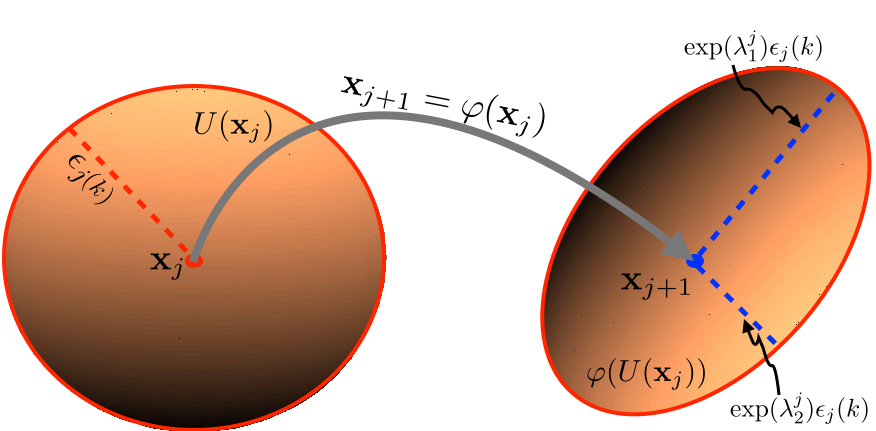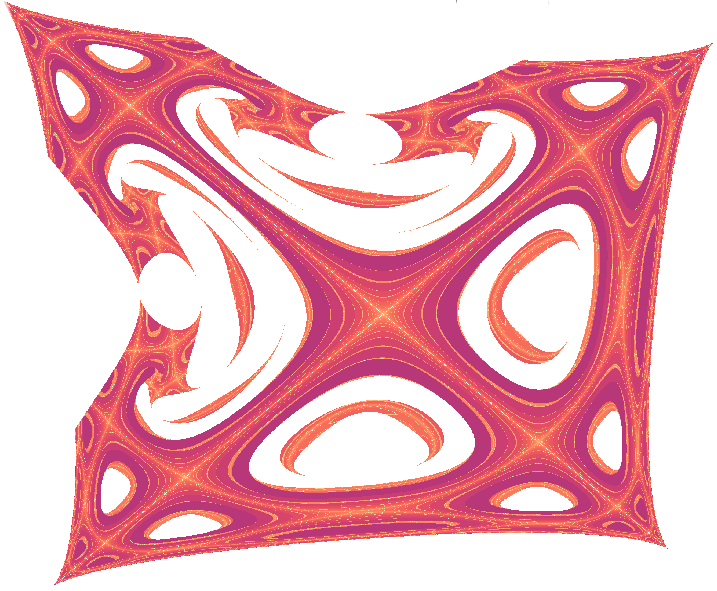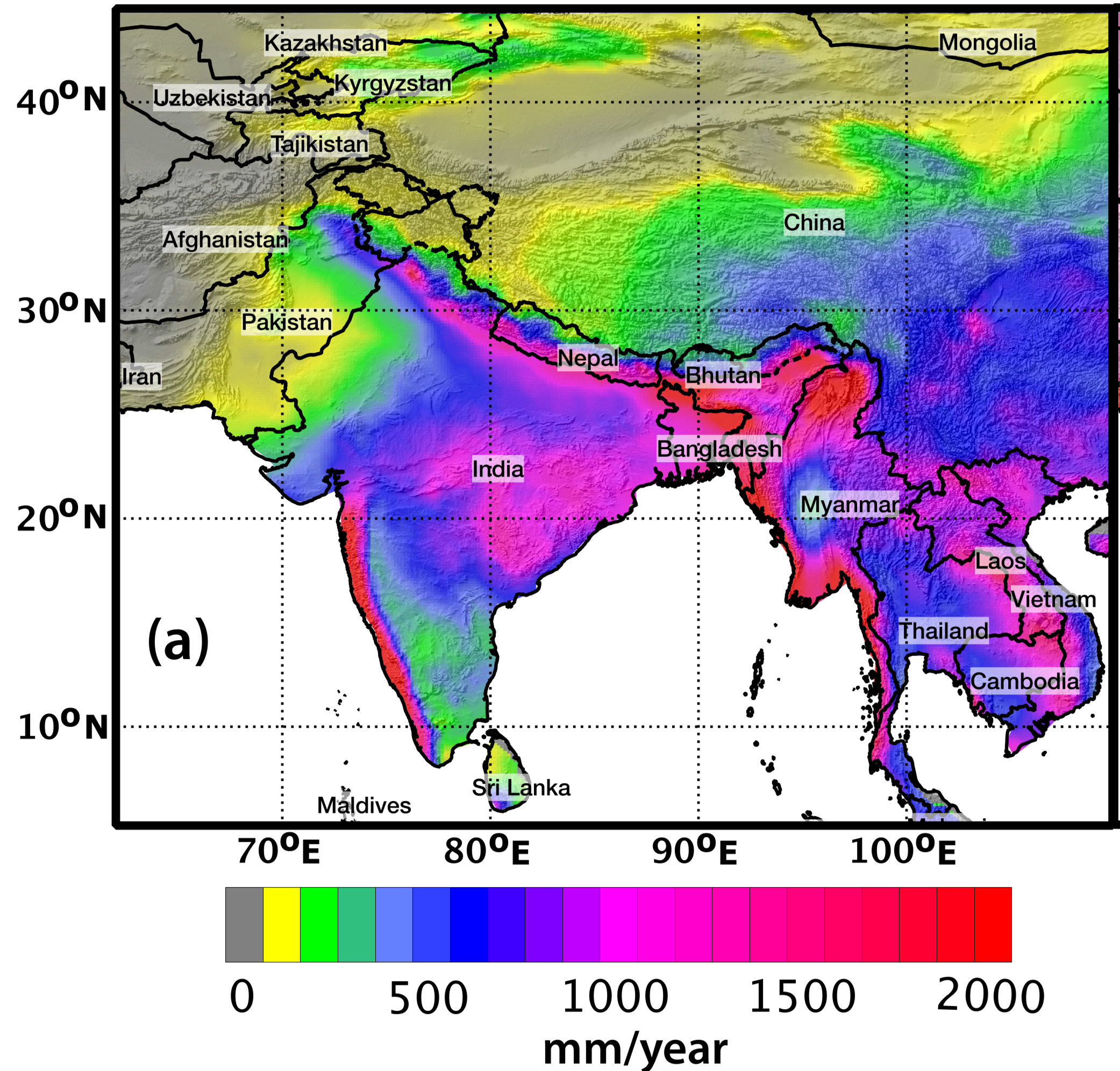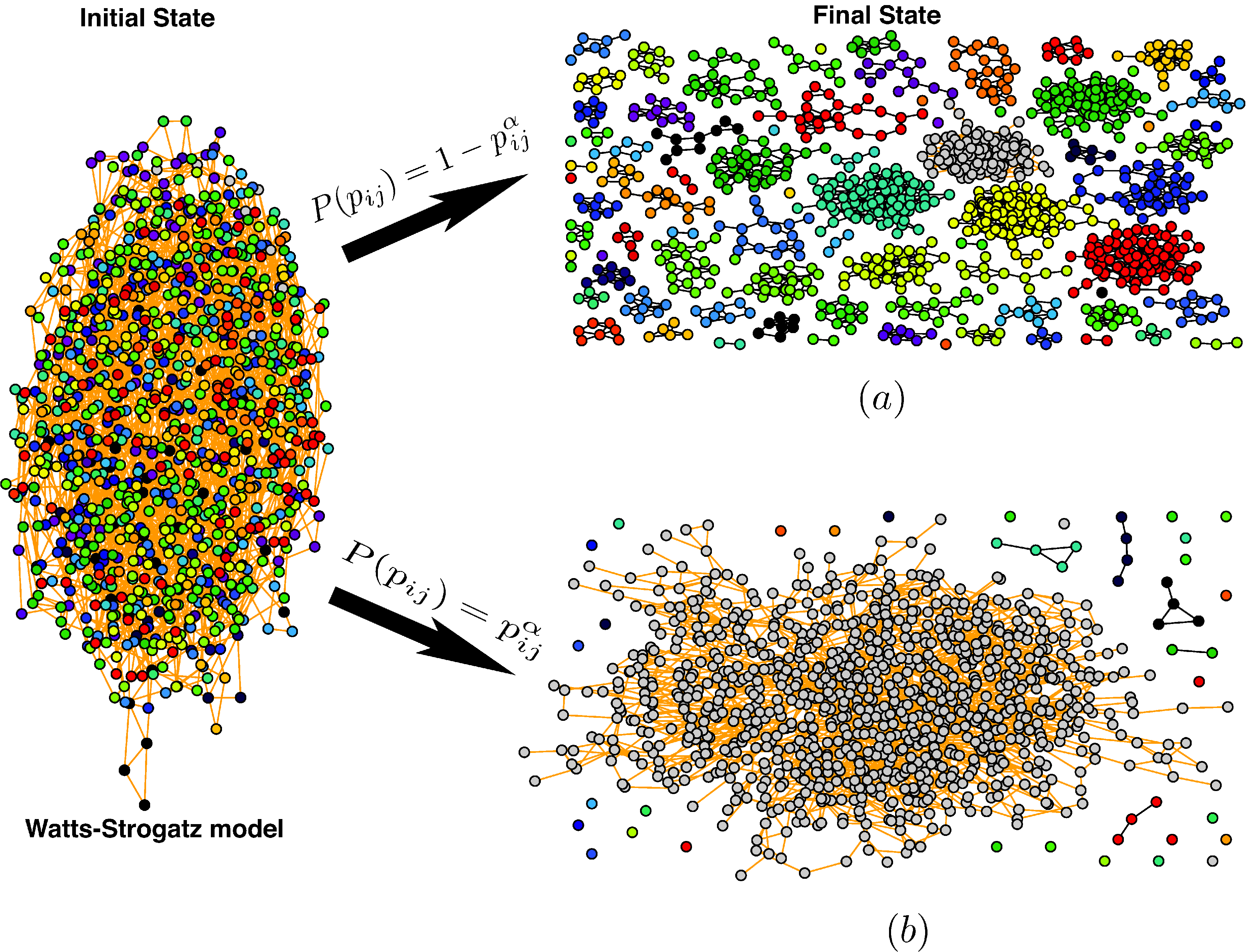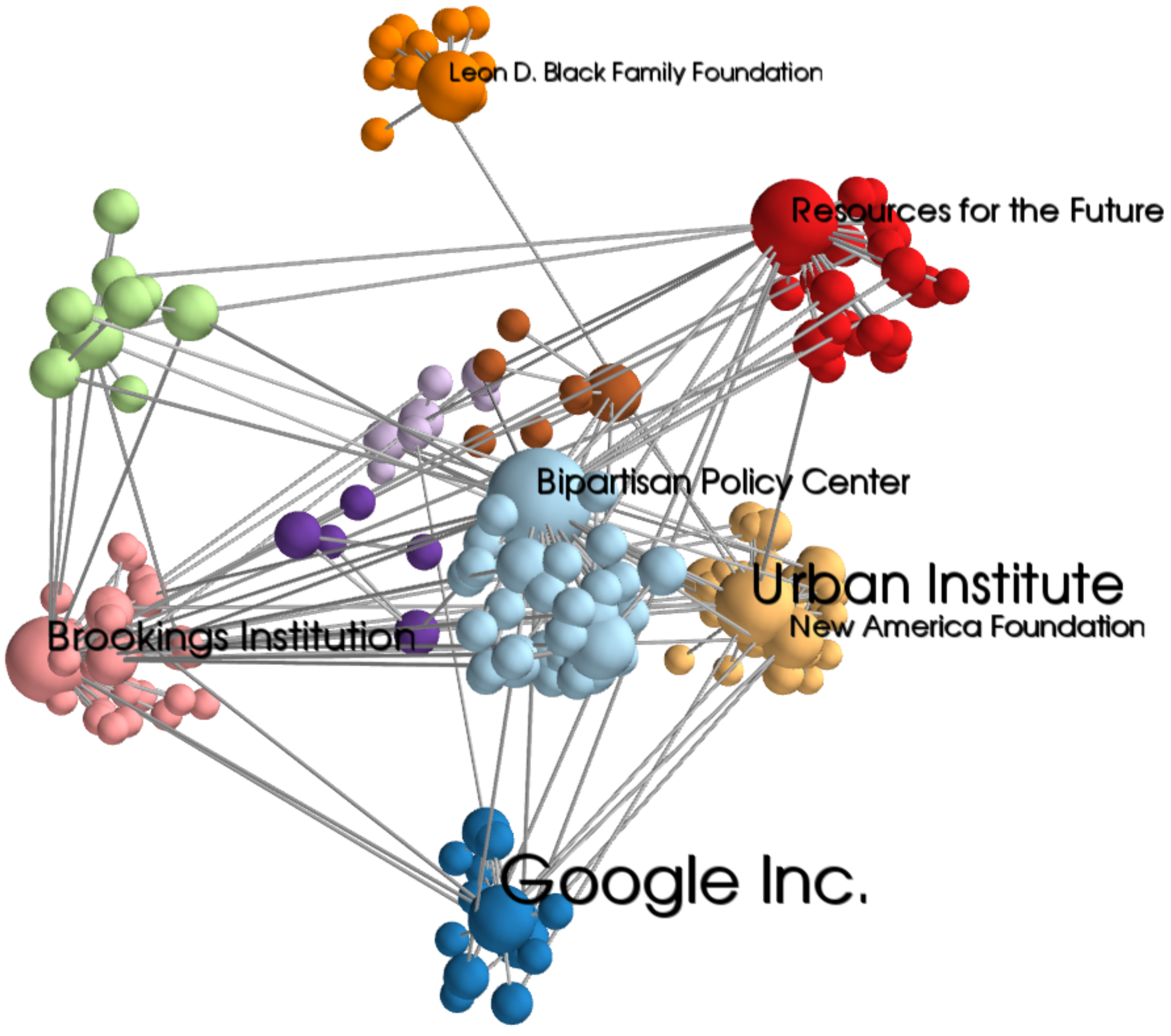
Networks epitomize many real-world systems, where nodes represent different elements of a system, and edges represent connections between the elements. For example, the brain is a network of neurons; society consists of networks of people; the network of web pages is what we call the world wide web. The analysis of networks requires approaches drawn from many disciplines, and network science is the name given to the compilation of these approaches. The straightforward application of network science to problems in data analysis is when a given dataset contains information about relationships between objects or agents—for example, online social networks, or protein-protein interaction networks in biology. Another approach involving the application of network science to data analysis is when underlying networks can be inferred from spatiotemporal or image datasets, for example, in neuroscience using fMRI data. This approach is not only limited to cases where there is an underlying physical network but also includes instances where the existence of a network is a theoretical abstraction —for instance, climate networks or network representation of time series data. My research interests span both the above approaches.
